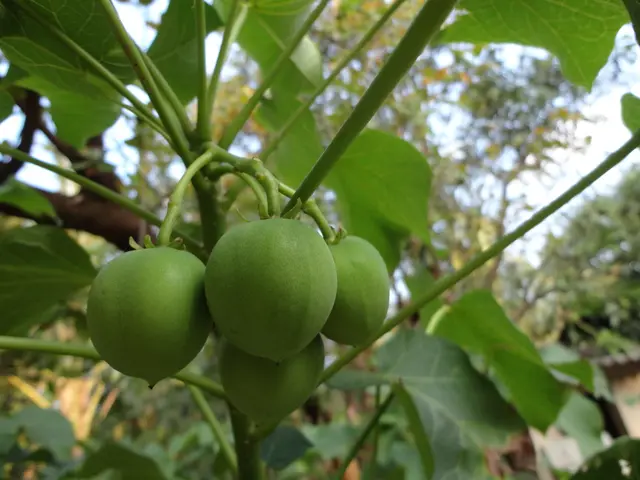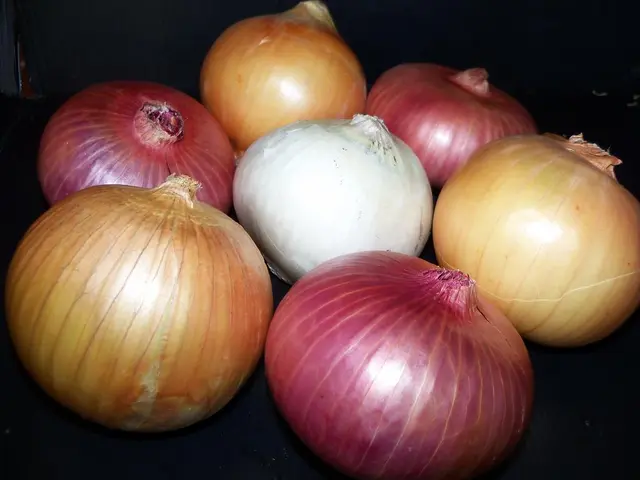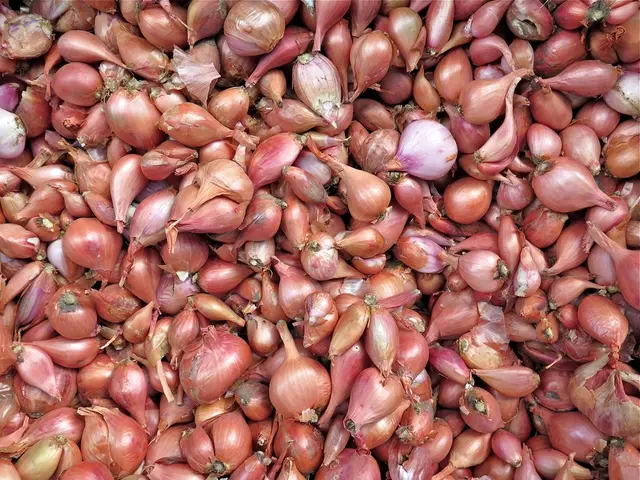Indications You Might Be Watering Your Plants Inadequately:
**"Got a dying plant on your hands? Here's how to spot the signs of underwatering, whether it's lush and green indoors or toughing it out outdoors.
Yellowing Leaves
When your plant's a bit parched, the color of its leaves might start to turn yellow. Check the soil moisture levels regularly and water as needed to prevent further damage. Be aware, though, that bright yellow leaves might signal the opposite issue: too much H2O. Additionally, yellow leaves can indicate a lack of nutrients or issues with the dirt.
Browning Leaf Edges
Before your leaves turn completely brown and crispy, you'll notice the edges start to brown. This is an indication of underwatering, but it could also be due to excessive sun or a humidity-starved home for indoor plants.
Rolled or Puckered Leaves
If leaves start to wrinkle up or appear puckered, it could be a sign of dehydration – especially for succulents. Both underwatering and root rot (caused by too much water) can cause this issue, so check the soil moisture and adjust your watering schedule accordingly.
Shedding Leaves
Don't be surprised if your plant drops a few leaves when it's struggling for a drink. This can happen even before the leaves have a chance to die. Check for other issues, like soggy soil or pest infestations.
Dropping Buds and Flowers
An underwatered plant might skip blooming while it focuses on healing and staying alive. If you notice flowers falling prematurely or not appearing at all, it might be a water issue. This could also be due to a sudden heatwave, frost, or because your plant only flowers during a specific time of year.
Slow Growth
If sudden slow growth catches you by surprise, your plant might be thirsty. But don't forget that this is a natural development when plants enter winter prep mode.
Pest Infestations
A stressed-out plant, teetering on the brink of dehydration, is more likely to attract pesky invaders like spider mites. Make sure your plants are well-watered, and treat severe pest problems with neem oil or insecticidal soap.
Remember: plants send off S.O.S. signals long before they drop dead. By knowing the signs, you can save your plants from a slow, sad death."
Insights:
- Indoor plants rely on human care and may show more immediate signs of underwatering due to controlled environments.
- Environmental factors like rain or climate variations can mask signs of underwatering in outdoor plants temporarily.
- Different plants have unique watering requirements based on their natural habitats.
- Adjusting the watering schedule according to the season is crucial in keeping your plants happy and healthy.
- Regularly feeling the soil to determine its moisture level is paramount in avoiding underwatering.
- Underwatering can make plants more susceptible to pests like spider mites or aphids.
- When leaves start to turn yellow, the issue could be too much water, a lack of nutrients, or a problem with the soil.
- For a healthy garden lifestyle, regularly check your gardening ideas for signs of underwatering, such as yellowing leaves, rolling or puckered leaves, and shedding leaves.
- Southernliving suggests that garden tools like a moisture meter can be helpful in knowing the moisture levels of your garden soil to avoid underwatering.3.Watering your garden plants consistently, based on their individual needs and the seasons, can prevent issues like slow growth and pest infestations, like spider mites.4.If you notice signs of underwatering in your garden, such as drooping buds and flowers or browning leaf edges, resume a regular watering schedule and be attentive to other potential issues.5.The home-and-garden section of magazines like Southernliving can provide you with various gardening ideas and advice to help you care for your garden better.6.When caring for your garden, be mindful that a dull or discolored Garden Tool may not function properly, affecting the overall health of your plants.








